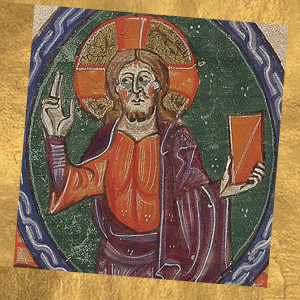St. Sabine, Roman Martyr in the homonym Church on the Aventino

Sabina lived in the second century. A Roman noble, she was was killed in hatred of the faith by decapitation. According to the best information available, Sabina was a Pagan, given in marriage to a Senator, Valentinus. She converted to Christianity through the influence of a slave girl, Serapia.
Persecution and martyrdom
Together, at night, Sabina and Serapia descended into the catacombs, where at that time the Christians gathered in secret to escape persecution. The second century AD was in fact one of the bloodiest periods for the early Christian communities, which were repeatedly subjected to violence and abuse. When Serapia was captured and tortured to death, Sabina came out into the open. Taken before the prefect Elpidius, who pressed to make her abjure her faith, the woman was stalwart in her rejection of the pressure, repeatedly affirming her steadfast faith in Jesus Christ. She was then sentenced to death by beheading. Her martyrdom occurred around the year 120.
The Basilica of Santa Sabina all'Aventino
The relics of the two martyrs, Sabina and Serapia, are found in the Roman Basilica of Santa Sabina all'Aventino (St. Sabina on the Aventine), founded between 422 and 432 by Peter of Illyria, on the remains of an ancient Titulus Sabinae. The Basilica of Santa Sabina is the first Lenten station church: here the Popes pronounce their homily on Ash Wednesday.
Saint Dominic founded his Order there in 1219. One of the most famous sons of the Dominicans, Saint Thomas, also taught in the convent attached to the Basilica.
Saint Sabina is depicted with book, palm and crown, according to one of the oldest extant representations of her (6th century) in the church of Sant'Apollinare Nuovo in Ravenna.







